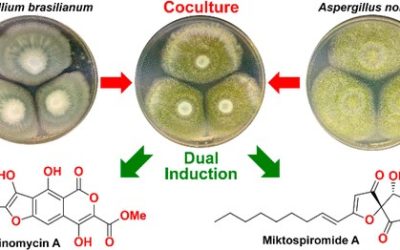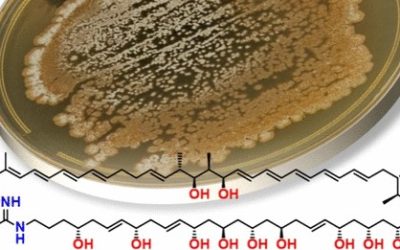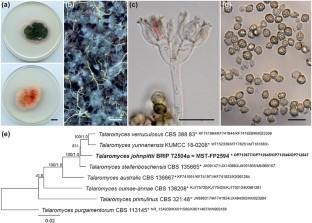Alexander Y.F. Lam, Ernest Lacey, Vesna De Petra, Deborah A Williamson, Jan Šlapeta, Aaron R. Jex, Samantha J. Emery-Corbin
Publication Date: November 26, 2022
https://doi.org/10.1016/j.ijpara.2022.11.010
Abstract:
Trichomonas vaginalis is the most prevalent, non-viral sexually transmitted human infection, causing 170 million cases of trichomoniasis annually. Since the 1950s, treatment has relied on 5-nitroimidazoles (5NIs), leading to increasing drug resistance. A similar drug resistance problem is present in the veterinary pathogen, Tritrichomonas foetus. There are currently no agreed standards for defining 5NI resistance, due in part to two distinct oxygen-dependent (“aerobic”) and oxygen-independent (“anaerobic”) resistance phenotypes. Diagnostic tools to detect 5NI resistance are lacking, and current assays used to phenotypically assess 5NI resistance in vitro are complicated by these two resistance phenotypes. We demonstrate that microaerophilic conditions support sufficient parasite growth to interrogate oxygen-dependent resistance of 5NIs against known resistant and susceptible isolates of T. vaginalis and T. foetus. We further demonstrate that microaerophilic conditions allow sufficient growth for compatibility with existing growth assays, including our TriTOX assay. Adopting microaerophilic conditions eliminates traditional ‘by-eye’ estimates of minimum inhibitory concentrations and opens up options for increased throughput and automation, scalable to higher-throughput analyses of 5NI resistance. This would further allow the development of quantitative phenotypic standards to benchmark oxygen-dependent or oxygen-independent trichomonad 5NI resistance towards standardised surveillance programs to combat drug resistance.


